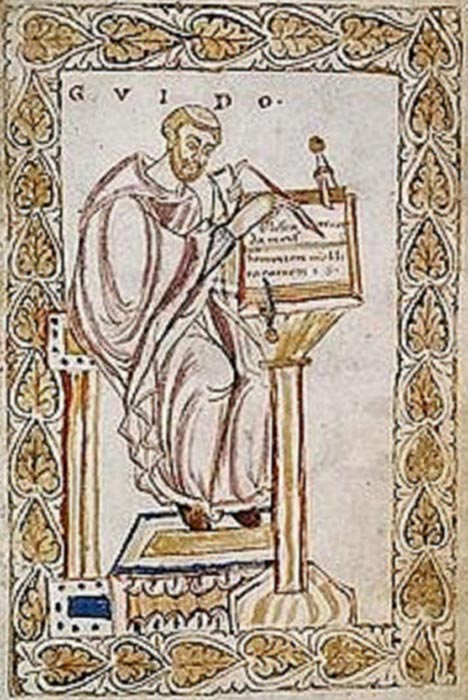
‘Diabolus in Musica’ The Devil Is In The Music
Three, the Triad, is a perfect number, the number that distinguishes the Holy Trinity and the three theological virtues, of Faith, Hope and Charity. Three, in the Jewish Kabbalàh, also indicates the success of a project, the achievement of an objective. In the musical field, the Triad chord, in ancient times, was considered the manifestation of the divine Trinity and was, of course, capable of producing positive effects on the human soul, because the rhythmic ternary times were considered perfect, unlike the binary ones, which by their nature were imperfect. But also, under certain circumstances in the musical field, the number three has also assumed a ‘diabolical’ value.

Franz Liszt's use of the Tritone to suggest Hell in his Dante Sonata (1855) (Public Domain)
One can attribute a Manichaean interpretation to the musical dualism of the harmony, or disharmony of sounds, in the Tritone. Technically it is defined as the interval of increased fourth or excess fourth - between one note and another there is a distance of three tones, which also corresponds to the exact half of an octave. (Manichaeism was a major religion founded by the Iranian prophet Mani in the Sasanian Empire. Manichaeism taught an elaborate dualistic cosmology describing the struggle between a good, spiritual world of light, and an evil, material world of darkness.) For this reason, by repeating Tritones cyclically, the human ear is no longer able to understand whether the interval is ascending or descending, thus generating a sort of auditory paradox, discomfort, perversion of the harmony of sounds. (In music theory, the Tritone is defined as a musical interval composed of three adjacent whole tones).

Tritone paradox example (Public Domain)
The Perverse Triad
This deliberate subversion of the chords of the Triad - one of the major dissonances of the diatonic scale - gives rise to what is appropriately called the Perverse Triad, capable of negatively influencing the human soul so much so that some medieval writers, including Guido d'Arezzo, came to prohibit it.

Guido of Arezzo. ( Public Domain )
In 1725 the composer J.J. Fux, who had long studied the presence of Diabolus in Music, in his Gradus ad Parnassum, harshly stigmatized the use of such hellish melodic intervals even though many composers abused them to create ominous feelings of anguish, upset and pending death in the listener. Two centuries later, Reinhold Hammerstein even wrote an interesting treatise entitled Studien zur Ikonographie der Musik im Mittelalter, in which he critically analyzed the relationship between the music of the 15th and 16th centuries and the Great Tempter, the Devil.




